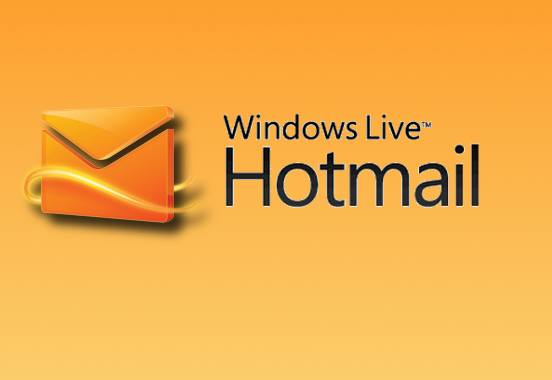Hotmail, a pioneer in web-based email services, has significantly impacted Internet communication since its inception in 1996. This article delves into the journey of Hotmail, tracing its evolution, innovations, and influence on digital communication.
Birth of Hotmail
In 1996, Sabeer Bhatia and Jack Smith founded Hotmail, marking the beginning of a revolutionary era in online communication. Hotmail was among the first webmail services, providing users with free email access from any internet-connected device.
Acquisition by Microsoft
Microsoft recognized the potential of Hotmail’s and acquired it in 1997, integrating it into its suite of services. This move expanded Hotmail’s reach and capabilities, aligning it with Microsoft’s vision of enhancing digital communication.
Growth and Innovation
Under Microsoft’s stewardship, Hotmail experienced rapid growth and continuous innovation. It introduced features such as attachments, spam filters, and enhanced security measures, setting new standards for webmail services.
Transition to Outlook.com
In 2012, Microsoft rebranded Hotmail’s as Outlook.com, aligning it with its flagship email client, Outlook. This transition brought a modern interface, tighter integration with other Microsoft services, and improved functionality to users.
Integration with Office 365

As part of Microsoft’s broader strategy, Outlook.com became tightly integrated with Office 365, offering seamless access to productivity tools like Word, Excel, and PowerPoint. This integration enhanced user experience and productivity.
Competition and Challenges
Despite its success, Hotmail faced stiff competition from emerging players like Gmail and Yahoo Mail. These competitors pushed the boundaries of innovation, compelling Hotmail to continuously evolve to stay relevant.
Security and Privacy Concerns
Over the years, Hotmail, like many other email services, grappled with security and privacy concerns. Incidents of data breaches and phishing attacks prompted Microsoft to bolster security measures, prioritizing user privacy and data protection.
Mobile Revolution
The proliferation of smartphones ushered in a new era of mobile email access. Hotmail’s adapted to this trend by offering dedicated mobile apps and optimizing its web interface for mobile devices, ensuring seamless access across platforms.
Legacy and Impact
Hotmail’s legacy extends beyond its technological advancements. It democratized email access, empowering millions worldwide with free and accessible communication tools. Its influence on digital communication is undeniable, shaping the way we connect and collaborate online.
Conclusion
From its humble beginnings to its evolution into Outlook.com, Hotmail has left an indelible mark on the digital landscape. Its journey is a testament to the power of innovation and adaptability in an ever-changing technological landscape. As we look to the future, Hotmail’s legacy continues to inspire and guide the evolution of online communication.
